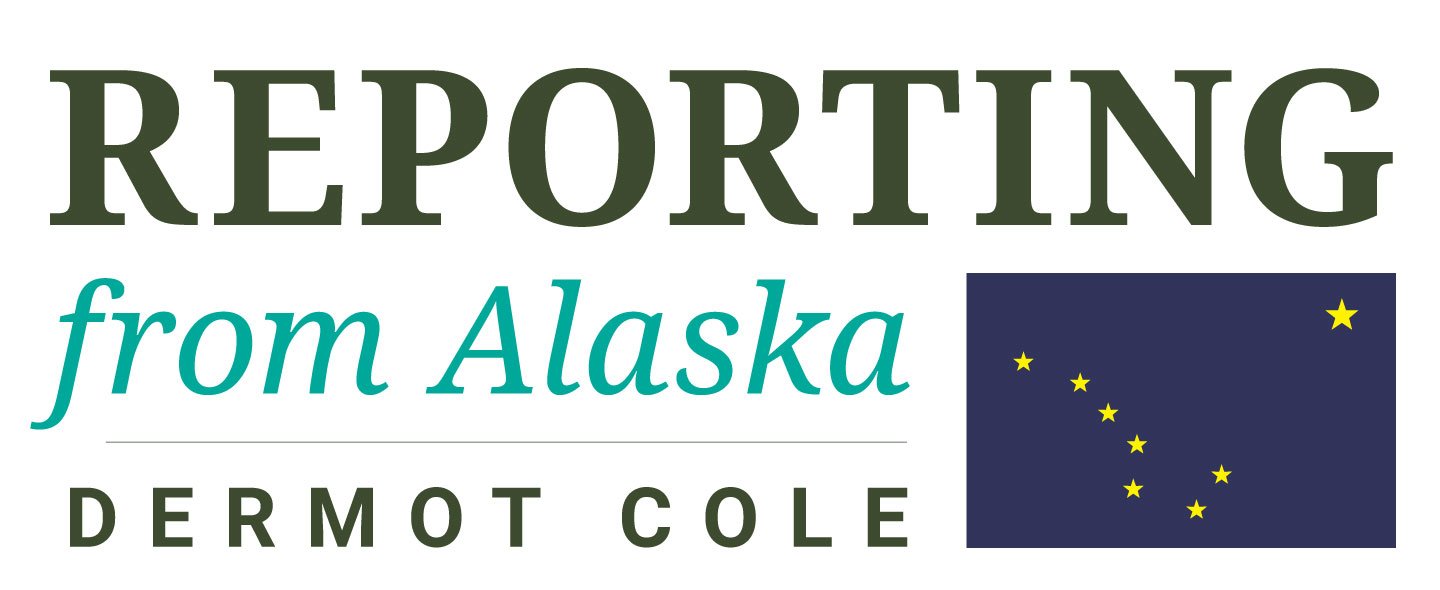Permanent Fund should end secrecy on in-state development projects
The Alaska Permanent Fund trustees are to receive a report next Wednesday on how a plan to invest $200 million in Alaska enterprises is proceeding.
Angela Rodell, CEO of the fund, and the six-member board of trustees should take this opportunity to end the secrecy about in-state investments and reveal exactly where the money is going and why.
Two years ago the fund hired two firms, Barings and McKinley Capital Management, to each invest $100 million in Alaska.
As I wrote at the time, the fund refused to say how much it would pay the companies.
So far, about $120 million has been invested, but the fund conceals the details.
The public has a right to know where the money has been invested.
The Permanent Fund, throughout its history, has focused nearly all of its investments Outside. The biggest reason was that much more money could be made Outside. A second reason was the fear of turning the fund into a development bank that would take on projects for political reasons.
Outside investments limited the risk that the fund would invest in in-state boondoggles repackaged in glossy brochures as brilliant opportunities.
Because of the increased possibility of political interfence, the $200 million deserves more public attention. That can’t happen because of the unreasonable Permanent Fund secrecy plan.
I’ve written Rodell outlining why the lack of disclosure is a threat to the reputation of the Permanent Fund.
The practice of secrecy is an invitation to political corruption.
I'm not saying this has happened, but it could happen. The wrong investment, even a relatively small one, could do great damage to the institution and its credibility.
A governor could pressure the corporation to invest in projects supported by the governor and hide the state investment from the public and the Legislature.
The governor appoints the board and has two of his employees on the board, which is enough to create pressure on the staff.
Is the Permanent Fund investing in the Ambler mining project? What about the Pebble project? Or the Donlin Gold Mine? Or oil projects on the North Slope?
I don’t think so, but under the current policies of Dunleavy and the Permanent Fund corporation, a wide range of investments can be hidden from the public. Political payoffs can be hidden from the public.
When the Legislature rejected the development bank concept for the Permanent Fund more than 40 years ago, one of the big worries was that the fund would be used as a means of handing out favors to friends in the form of investments.
The best way to keep things transparent is to make in-state investments public.
As far as I can tell, the first Barings investment made public is in the Tetlin mining project, making the state a $10 million partner in a venture that the state will be regulating.
The public knows about the state investing in the mining project not because it was revealed by the Permanent Fund or the governor as a state investment, but because the recipient of the $10 million in public funds decided it was in his interest to reveal it.
Contango Ore recognizes that there is value in telling potential investors that the Alaska Permanent Fund is an investor, and therefore the project is backed by the state. With this investment, the state is paying for a portion of exploration and development of the Manh Choh project, and is a silent partner with Kinross Gold.
“I believe attracting two premier financial institutions, the Alaska Future Fund and Barings, demonstrates the excitement around building Alaska’s next gold mine in partnership with Kinross and the Tetlin Tribe,” Contango CEO Rick Van Nieuwenhuyse said in a press release.
The Alaska Future Fund is the state-funded entity set up by Barings to invest in Alaska projects.
Fort Knox, owned by the Canadian company Kinross, is shifting its operations to depend on more trucked-in rock, including a plan to have trucks making 88 daily roundtrips from Tetlin to Fort Knox, operating 24 hours a day for five years, starting in 2024.
The state will be issuing permits for this project. The state is a partner in the project, creating a conflict of interest.
Some of the other investments made with the corporation’s $200 million are also public knowledge because the recipients have revealed some of the details.
On Wednesday, Northlink Aviation announced that Barings had invested to help build a new cargo terminal at Anchorage International Airport, but the recipient declined to give a dollar figure. The Permanent Fund—meaning the state of Alaska—is now investing in the cargo terminal plan.
How much? Alaskans deserve to know.
As in the case with Contango, it is in the political interest of Northlink Aviation to reveal that the state is investing in its project.
The original sponsor of the cargo terminal was the Investment Company of Alaska LLC, led by Russell Read, former chief investment officer of the Permanent Fund, and former state economist John Tichotsky. Read, who left the Permanent Fund corporation in 2018, is the chairman of Northlink.
To ensure that there is no appearance of backroom dealing and to address conflict of interest issues on all investments, the corporation has to change its approach about public disclosure.
The Permanent Fund can resolve questions by making its in-state investments public, which is what should happen because the corporation is not authorized to hide its operations.
If this step is not taken, the Legislature should act to require disclosure. These investments should not be state secrets.
Your contributions help support independent analysis and political commentary by Alaska reporter and author Dermot Cole. Thank you for reading and for your support. Either click here to use PayPal or send checks to: Dermot Cole, Box 10673, Fairbanks, AK 99710-0673.
